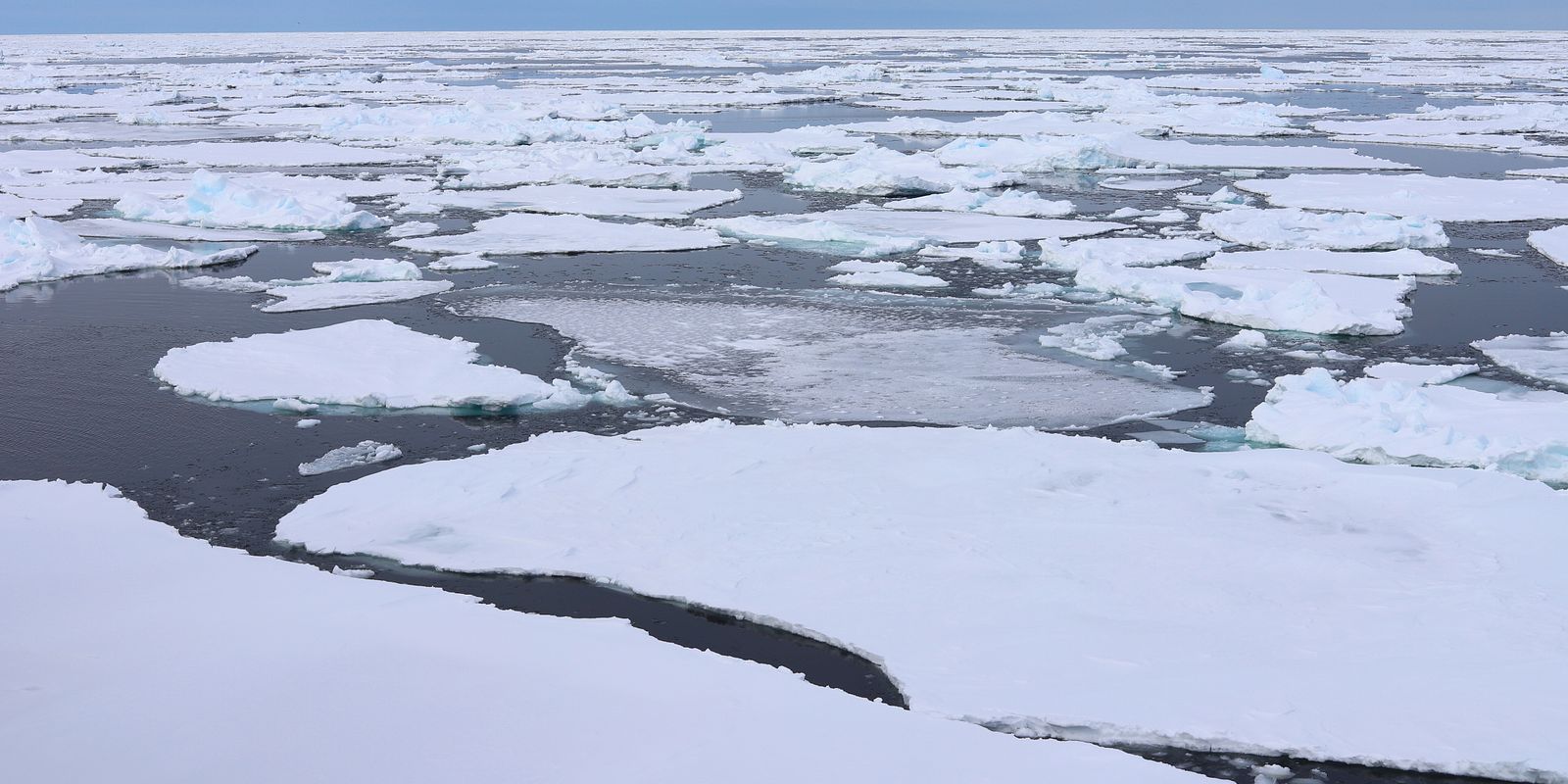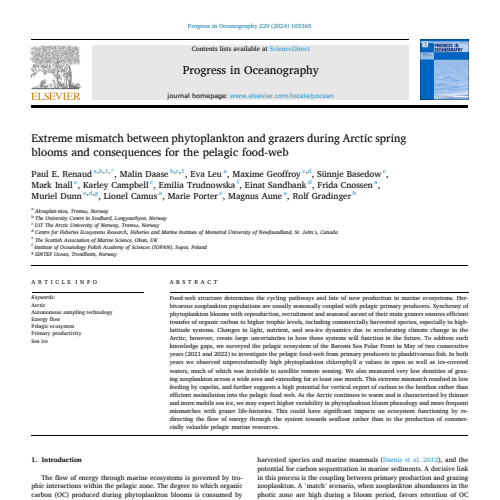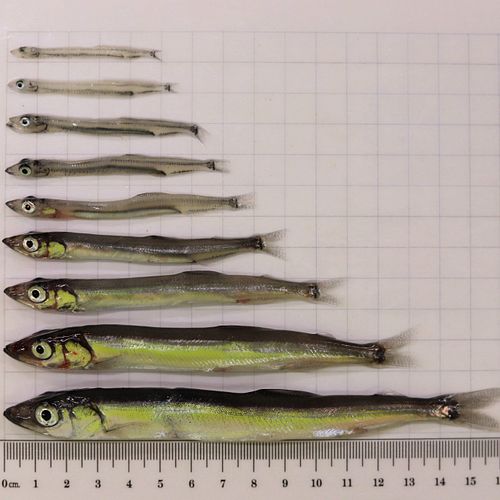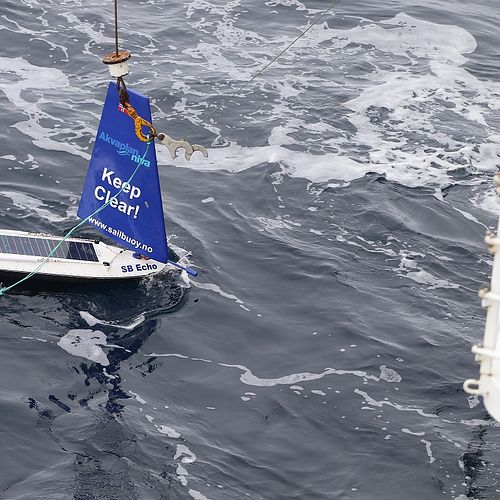1 November 2024 news
Arctic marine ecosystems are characterized by intense pulses of primary production during spring phytoplankton blooms. These blooms provide a large proportion of the total annual energy available to the food web for the entire year. Thus, the coincidence of the bloom with the appearance of grazing zooplankton is important for fuelling the pelagic food-web, a food web that eventually nourishes commercial fish stocks and marine mammal populations. The coincidence of phytoplankton blooms with grazers is termed a 'match' scenario. Under a 'mis-match' scenario the energy produced during blooms may sink to the seafloor and supply food for sediment communities. Therefore, the degree of match or mis-match has important consequences for which components of the ecosystem receive energy from that year's bloom.
During cruises aboard the R/V Helmer Hanssen in May 2021 and May 2022, researchers investigated the flow of energy from the spring phytoplankton bloom through the pelagic ecosystem. Their results, published in the journal Progress in Oceanography, indicate unprecedentedly high chlorophyl levels along a transect from Atlantic-influenced southwestern Barents Sea northward into Arctic waters of the northwestern Barents Sea. These values, 2-5 x higher than the maximum levels recorded previously from the region, were due to low densities of grazing zooplankton and indicated an extreme mismatch scenario. Capelin, a key species preyed upon by commercial species like Atlantic cod as well as many seabirds and mammals, were feeding poorly and most had empty stomachs.
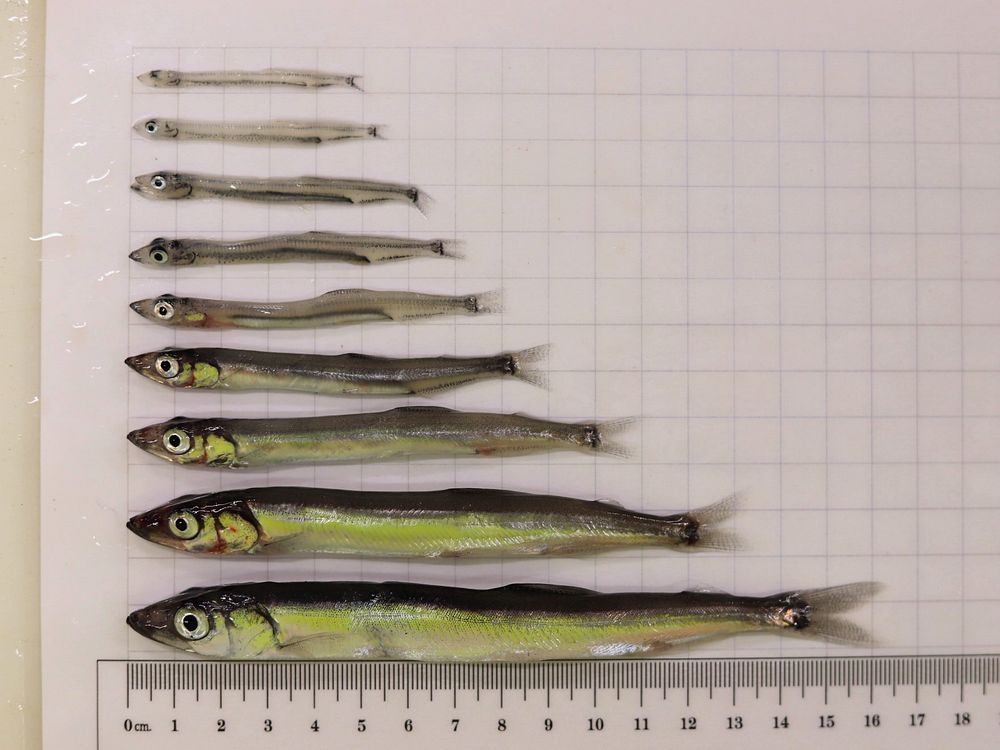
Capelin were found in a wide range of sizes and most had empty stomachs (Photo: Frida Cnossen/Akvaplan-niva).
Paul Renaud (Research Manager, Akvaplan-niva), co-lead author on the article with Malin Daase (UiT The Arctic University of Norway), describes the potential effects of the mis-match: 'The extreme mismatch between primary producers and their grazers was dramatic and had consequences further up the food chain. This was observed both in 2021 and 2022 at a time when approximately half of the annual production in the system was taking place – energy that will most likely not find its way to the top of the food chain.'
Thinner and more mobile sea-ice in this region, a region experiencing among the highest levels of climate warming on Earth, may be partly responsible. As sea-ice drifts southward into warmer waters, it melts and the fresher water stabilizes the water column, producing good conditions for a phytoplankton bloom. The peak chlorophyl levels were observed below sea-ice, making this dramatic accumulation of phytoplankton biomass invisible to satellites. Since satellites are important in monitoring biological activity in the region, these findings suggest that we may be underestimating productivity levels in ice-covered regions.
The mis-match was not a short term event. 'We used acoustic devices mounted on a Sailbuoy, an unmanned sensor platform that is piloted from land and continued to survey the region after the research vessel left the region. The results indicated that populations of grazing zooplankton remained low for at least a month following the study,' explained Renaud. Fish, seabirds, and mammals are very mobile and can search for food elsewhere if zooplankton are in low densities. But if these events are more frequent as warming progresses, it may have consequences for the populations of top predators in the southern Barents Sea.

Deploying the Sailbuoy for extended surveys in the Polar Front region (Photo: Eva Leu/Akvaplan-niva).
The research was conducted as part of the Research Council of Norway's (RCN) project PolarFront led by Akvaplan-niva and with the following partners: ConocoPhillips, Equinor, Institute of Oceanology – Polish Academy of Science, Memorial University, Norwegian Polar Institute, Scottish Association for Marine Science, UiT – The Arctic University of Norway.
Additional funding was provided by the Arctic Marine Ecosystem Research Network (ARCTOS), the RCN project 'Nansen Legacy' (#276730), the EU MarTERA project 'BioGlider,' Equinor, and ConocoPhillips.
